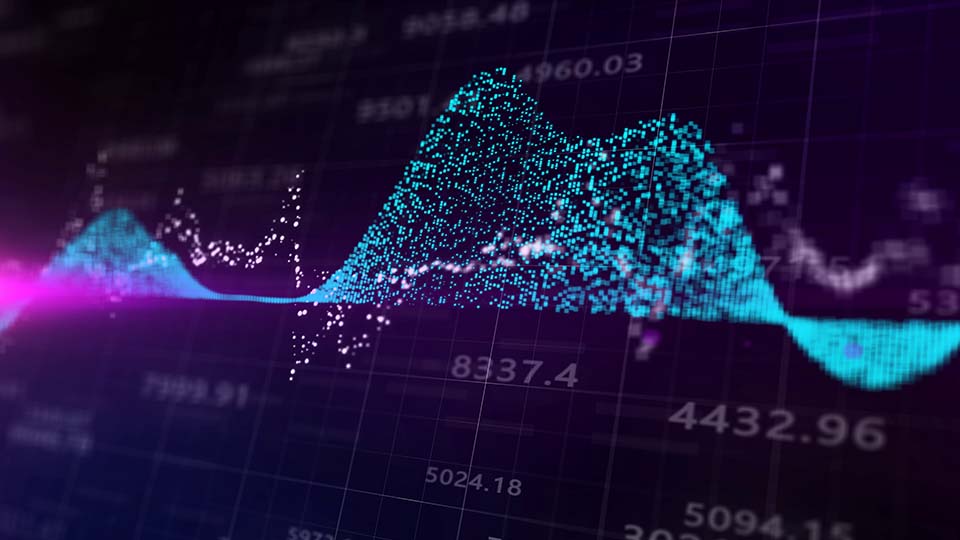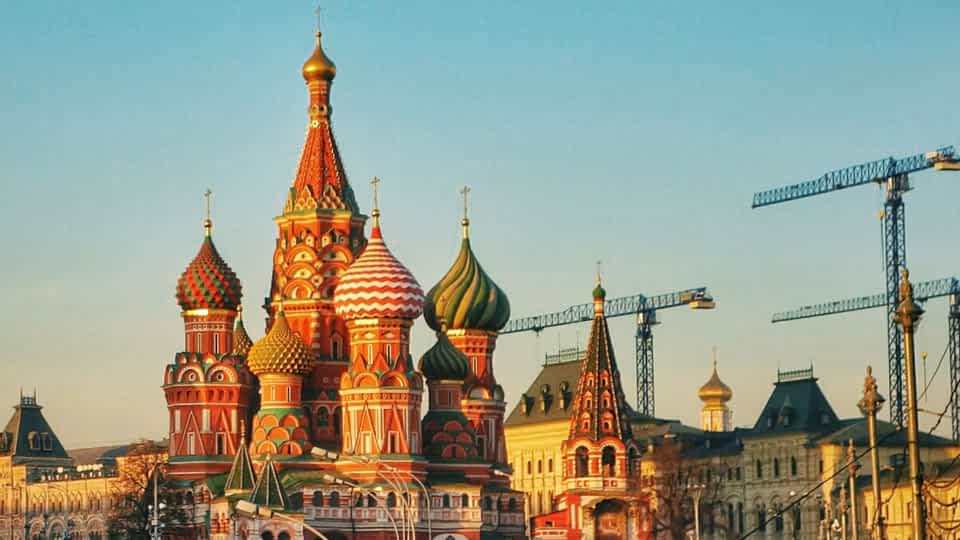2018 Investment Themes: Emerging Markets – The Biggest Opportunity
November 09, 2017
Read Time 10 MIN
TOM BUTCHER: What do you see as some of the biggest investment opportunities in 2018?
JAN VAN ECK: There are many things we have to talk about: Where can you make money? What’s going on with China? What’s going on with Bitcoin?
Emerging Markets are Thriving in 2017 and Should Continue to do so in 2018
Let us start with the biggest opportunity for potentially making money. I think it lies in emerging markets equities. As we entered 2017, U.S. equities had done so well for five years that people were underweight international and emerging markets. They have outperformed this year pretty dramatically. However, we think it is still early innings for emerging markets equities. It is just such a different asset class today from what it was five years ago. You should not even use the same words to describe it. Now almost 70% of many emerging markets indices is targeted towards Asia. It is almost an "Asia regional fund" because of China, India, Korea, and Taiwan Region. All these countries have become such a big weighting. Another reason we think it is a great opportunity is that cash flow for Asian stocks in 2018 is expected to grow 50%. That’s just a tremendous cash "gusher" and we think will be reflected in stock prices. (Read October 13 blog post for more on emerging markets equities: Strong Earnings Fuel Emerging Markets Rally.)
BUTCHER: How does China fit in and what is happening there? Where do you see the opportunities there?
"New China" Passes "Old China"
VAN ECK: Coming into the year we talked about Old China. There had been a tremendous growth in capacity for steel and all other sorts of basic industries in Old China. This was causing a great deal of trade tension with the U.S. (with the Trump election) and with Europe. Xi Jinping has now been confirmed for another term in office. He has been applying the brakes to Old China and reducing capacity. Luckily there has been no sort of immediate trade war between the U.S. and China. Basically the country is aligned with our interests in reducing Old China capacity through what they call supply side reforms. We believe this is excellent. It means that China’s traditional supply chain will begin to compete on a fairer economic basis with other countries.
The upside change in China has been the emergence of New China, we all know about Alibaba’s technology for example. That has, first of all, been reflected in the Chinese economy. Growth has been higher than people thought. But more importantly, the stock market in China has turned completely upside down: technology is now the largest sector. It is over 30% of the equity markets. Energy and financials, for example, have become less important. What people have been talking about for 10 years has finally happened. The big switch happened in 2017, New China is now emergent over Old China.
BUTCHER: One area where things do not seem to have changed very much this year is interest rates. What do you see happening in 2018?
We Remain Enthusiastic about Yield Alternatives
VAN ECK: The Federal Reserve stayed on course; they said they were going to keep tightening. They have said that they are going to reverse quantitative easing to the tune of $1 trillion, a little bit this year but a bunch more next year (let us call it half a trillion in 2018), and half a trillion in 2019. I think the question for 2018 is: How will the markets take it? Obviously the news is in the market because they have announced it, but it is hard to think that it will not cause a little bit more pressure on interest rates. This year we have suggested going for yield alternatives such as emerging markets and high yield. We would definitely continue into 2018 with this year’s enthusiasm.
BUTCHER: Volatility has been at historically low levels. Interest rates go up, how do you see volatility changing in 2018?
Volatility is a Worry
VAN ECK: This is one of the worries I have about the market. I cannot say I have all the answers! But let us just talk about the dimensions of the problem. As you said, volatility is really low. The fact I like to focus on is that there is a lot of money trading volatility. People used to not trade volatility. Estimates, for example from Artemis Capital, the hedge fund, are that there is up to $2 trillion being traded – basically trading triggered by volatility.
Let me explain this a little. If you are short volatility, or you are writing put options, it is just another way of getting yield. Since interest rates are so low globally, people have been searching for yield in all these different kinds of spots. The question is if volatility suddenly spikes, what will happen to that $2 trillion? It is a great deal of money. Will it go from being a calming effect on the markets (this is the theory), to being an accelerant of more volatility as market participants start taking money out of those trades? We do not know and cannot predict it for 2018. But it is certainly money that is working in the markets that could backfire or have effects. It is worth paying attention to.
BUTCHER: You said that was just one of your worries, have you any others?
Smart Beta, or Factor Investing, is also a Concern
VAN ECK: There is a great deal of money chasing what we call "smart beta", or factor investing. (Once again, this is something that is not widely tracked, although we know it is hundreds of billions, if not, trillions of dollars.) This was not commonplace perhaps five years ago. But now, there are billions of dollars in single factor ETFs. One worries when one sees people doing something they used to not do. The concern is that it either backfires or disappoints them.
BUTCHER: Digital assets have been in the news pretty much the whole of this year. Do you see them being in the news in 2018? And do you see any particular trends that interest you?
Digital Assets Cannot be Ignored
VAN ECK: I think this goes to the heart of who VanEck is. VanEck tends to look at what is going on in the world, historical trends, technology, what have you. We then ask ourselves: "What are the opportunities in the financial markets, or the risks?" It is how we got into gold back in the 1970s: we saw the inflationary trend that was not really visible. With digital assets, you have to look at it because it’s such a potentially revolutionary technology. As "peer-to-peer databases", distributed ledgers could really revolutionize how many things are currently being done. Are there many investment implications or opportunities? I would say that only in higher risk portfolios should you take a small position in digital assets. Digital assets are not a mainstream asset class at this time by any means. But I do not think it should be dismissed, because if the technology works, then there is upside. The biggest issue that we focus on, or I focus on, is governance. That is, can a crowd-governed database work, as opposed to one run by a private company like Microsoft, or Salesforce, or someone like that? Linux is an example of a crowd-sourced software solution that has worked. (Read August 14 blog post for more on digital assets: 3Q’17 Investment Outlook: Emerging Markets and Digital Asset Opportunities.)
BUTCHER: If there was one last thought you would leave with investors for 2018, what would that be?
The Emerging Markets "Party" has Years to Run
VAN ECK: Coming into 2017, too many portfolios were underweight international and emerging markets. They have not yet caught up, but are too worried about being late to the party. We think there are years to go. With what is happening in the world, this view is easily justified looking at long-term trends. So many people live in the emerging markets and so much of the growth in the economic activity is going to be there.
Last, the disconnect between commodity prices and corresponding equities of commodity producers has been historic this year, particularly in the energy space. In the U.S. upstream arena we are expecting many years of double digit growth while returns and cash flow begin a dramatic inflection after a decade of significant research and development spending. (Read October 19 blog post for more on commodities: Tighter Fundamentals, Global Growth Lend Support.)
Related Insights
April 17, 2024




